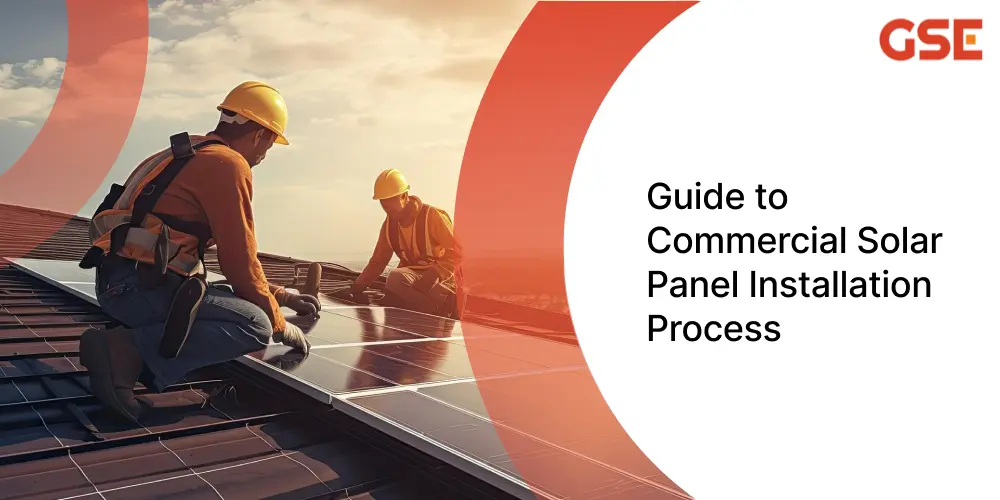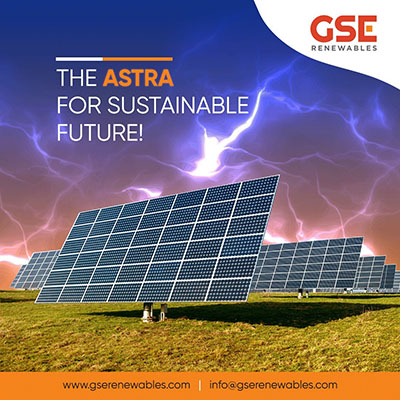500 kW Solar Power Plant Cost in Gujarat: Complete Price & Savings Guide
Nov 26

Choosing to add solar energy to your business is smart for both your finances and the environment. It lowers your electricity bills and reduces your carbon footprint, bringing financial benefits and positive environmental effects for years.
The commercial solar energy market in India is rapidly expanding, expected to exceed INR 56,000 crore by 2025 and ₹1.2 trillion by 2027. This growth highlights the increasing adoption of solar energy for financial and environmental benefits.

Commercial solar panels ensure efficient energy generation with systematic operation. Safety is prioritized using secure scaffolding during PV roof installation. Advanced mounting systems maximize sunlight exposure, enhancing panel efficiency. Panels are securely installed for stability, with MC4 connectors maintaining reliable electrical connections under strict safety protocols. Solar inverters efficiently convert DC to AC electricity, while solar batteries store excess energy for reliable supply, optimizing cost savings. Integration with the consumer unit allows solar electricity to feed into the grid, monitored by a generation meter. Final testing ensures all components function properly before activation. Regular DIY checks, smart meter upgrades, insurance, and biennial maintenance further enhance long-term performance, saving energy and benefiting the environment.
Read More: How Commercial Solar Panels Work?
Check out the steps involved in commercial solar installation process:
By following these steps meticulously, businesses can efficiently transition to solar energy, enjoying long-term financial savings and environmental benefits.
Installing a commercial solar PV system involves various factors that influence the overall timeline. The duration can vary based on project size and complexity. Typically, our experienced team aims to complete installations within a flexible time frame of 1-4 weeks.
Smaller-scale installations can often be completed in just a day or two, ensuring minimal disruption to your operations. For larger and more intricate projects, the process may extend over several weeks to ensure meticulous setup and integration.
Our certified electricians prioritize efficiency and quality during every installation. Once the solar panel system is operational, you can immediately begin reaping the benefits of clean, renewable energy, contributing to both cost savings and environmental sustainability.
Choosing commercial solar panels can significantly benefit your operations and finances in several ways:
Read More: Advantages of Solar Energy In Industries
Installing commercial solar panels in India with GSE Renewables Energy offers significant cost savings and sustainability benefits for businesses. We provide solar solutions from consultation to post-installation support, leveraging advanced technology and tax incentives to maximize environmental impact and savings. With many years of experience, GSE Renewables Energy ensures seamless transitions and top-notch service, making solar adoption a strategic and rewarding investment. Contact us today for quote estimation, guiding your business towards a greener future.
This move towards renewable energy signifies a major step towards a greener and more sustainable future for India’s commercial sector under GSE Renewables Energy’s guidance.
